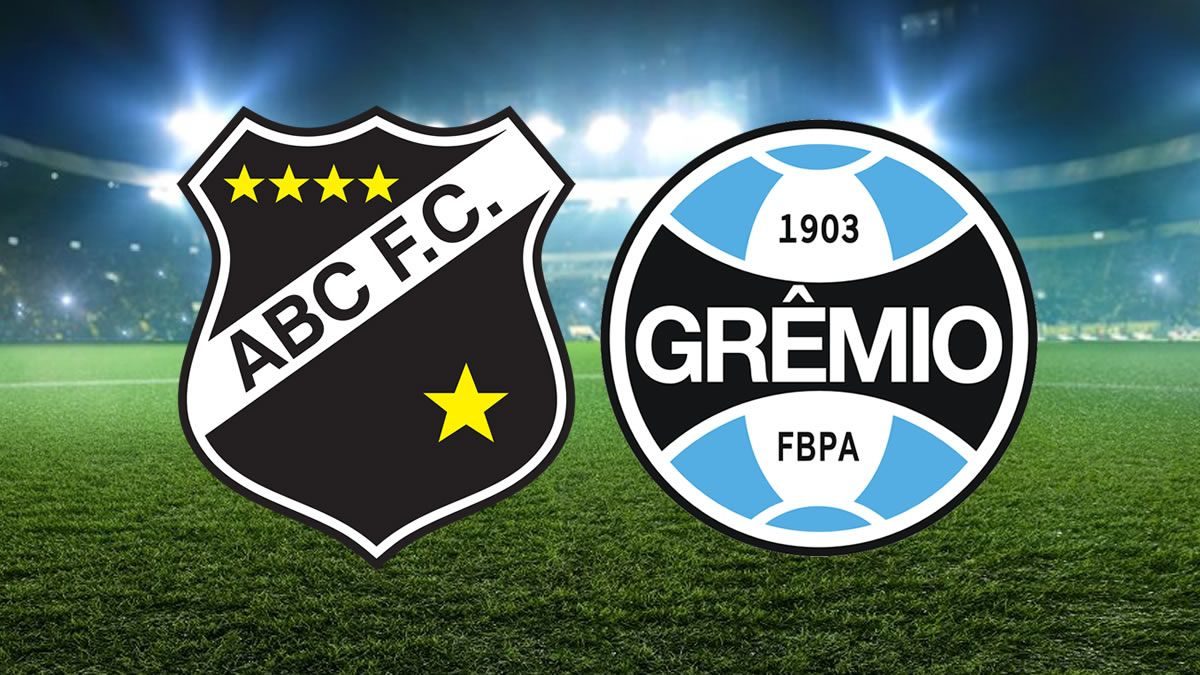Real Madrid vs Atletico: A Rivalry Beyond Football
Por um escritor misterioso
publicado em abril/27/2024

The rivalry between Real Madrid and Atletico goes beyond football. This article explores the history, intensity, and cultural significance of one of the biggest rivalries in Spanish football.

The clash between Real Madrid and Atletico is not just a regular football game - it's a battle that transcends the sport itself. The rivalry has deep historical roots, intense on-pitch encounters, and a cultural significance that resonates with fans from both sides. In this article, we will delve into the captivating world of this iconic matchup.
Historical Background:
The rivalry between these two clubs dates back to their foundation in early 20th century Spain. While Real Madrid was established in 1902 as an aristocratic club representing the capital city, Atletico came into existence in 1903 as a team for working-class locals. This class divide laid the groundwork for what would become one of Spain's most fierce sporting rivalries.
Intense On-Pitch Battles:
Throughout their history, Real Madrid and Atletico have engaged in numerous memorable clashes on the pitch. These matches are characterized by high stakes, passionate playstyles, and often heated confrontations between players. One notable encounter was during the UEFA Champions League final in 2014 when they faced off against each other for European glory. The match ended with extra time after a dramatic equalizer from Sergio Ramos salvaged Real Madrid's hopes before eventually winning through penalties.
Cultural Significance:
Beyond mere competition on the field, this rivalry holds immense cultural importance for both clubs' fan bases and Spanish society at large. For supporters of Real Madrid or Atletico, victory over their arch-rivals brings immense pride and bragging rights within their respective communities. It represents more than just three points; it symbolizes the battle between tradition and progress, aristocracy and working class, powerhouses and underdogs.
The Madrid Derby:
When Real Madrid and Atletico face each other in La Liga, it is referred to as the 'Madrid Derby.' This fierce contest divides the city into two halves - one painted in white for Real Madrid and the other adorned with red and white for Atletico. The atmosphere in the stadiums during these matches is electrifying, with fans creating a wall of sound that reverberates throughout the city. The passion displayed by supporters fuels their players on the pitch, making every moment even more intense.
Iconic Players:
Over time, both clubs have produced legendary players who have become synonymous with this rivalry. For Real Madrid, names like Alfredo Di Stefano, Cristiano Ronaldo, Raul Gonzalez Blanco stand out as icons who have left an indelible mark on this fixture. On the other hand, Atletico boasts stars such as Luis Aragones, Fernando Torres, Diego Godin who have become heroes through their performances against their crosstown rivals.
Off-Pitch Tensions:
The rivalry extends beyond what happens on matchday. Off-pitch tensions are also prevalent between these two clubs' fan bases. From graffiti wars to social media banter to clashes between ultras (hardcore fan groups), there is always a sense of animosity that adds fuel to this already fiery fire.
Conclusion:
Real Madrid vs Atletico is not just about football; it's about history, culture, pride,and identity. It represents a clash of ideologies that goes beyond 90 minutes on a football field. Whether you support Los Blancos or Los Rojiblancos or simply appreciate great sporting rivalries – there's no denying that when these two giants collide,it creates magic.



Palmeiras, verdão, últimas notícias e próximos jogos, Jovem Pan
Introduction:The clash between Real Madrid and Atletico is not just a regular football game - it's a battle that transcends the sport itself. The rivalry has deep historical roots, intense on-pitch encounters, and a cultural significance that resonates with fans from both sides. In this article, we will delve into the captivating world of this iconic matchup.
Historical Background:
The rivalry between these two clubs dates back to their foundation in early 20th century Spain. While Real Madrid was established in 1902 as an aristocratic club representing the capital city, Atletico came into existence in 1903 as a team for working-class locals. This class divide laid the groundwork for what would become one of Spain's most fierce sporting rivalries.
Intense On-Pitch Battles:
Throughout their history, Real Madrid and Atletico have engaged in numerous memorable clashes on the pitch. These matches are characterized by high stakes, passionate playstyles, and often heated confrontations between players. One notable encounter was during the UEFA Champions League final in 2014 when they faced off against each other for European glory. The match ended with extra time after a dramatic equalizer from Sergio Ramos salvaged Real Madrid's hopes before eventually winning through penalties.
Cultural Significance:
Beyond mere competition on the field, this rivalry holds immense cultural importance for both clubs' fan bases and Spanish society at large. For supporters of Real Madrid or Atletico, victory over their arch-rivals brings immense pride and bragging rights within their respective communities. It represents more than just three points; it symbolizes the battle between tradition and progress, aristocracy and working class, powerhouses and underdogs.
The Madrid Derby:
When Real Madrid and Atletico face each other in La Liga, it is referred to as the 'Madrid Derby.' This fierce contest divides the city into two halves - one painted in white for Real Madrid and the other adorned with red and white for Atletico. The atmosphere in the stadiums during these matches is electrifying, with fans creating a wall of sound that reverberates throughout the city. The passion displayed by supporters fuels their players on the pitch, making every moment even more intense.
Iconic Players:
Over time, both clubs have produced legendary players who have become synonymous with this rivalry. For Real Madrid, names like Alfredo Di Stefano, Cristiano Ronaldo, Raul Gonzalez Blanco stand out as icons who have left an indelible mark on this fixture. On the other hand, Atletico boasts stars such as Luis Aragones, Fernando Torres, Diego Godin who have become heroes through their performances against their crosstown rivals.
Off-Pitch Tensions:
The rivalry extends beyond what happens on matchday. Off-pitch tensions are also prevalent between these two clubs' fan bases. From graffiti wars to social media banter to clashes between ultras (hardcore fan groups), there is always a sense of animosity that adds fuel to this already fiery fire.
Conclusion:
Real Madrid vs Atletico is not just about football; it's about history, culture, pride,and identity. It represents a clash of ideologies that goes beyond 90 minutes on a football field. Whether you support Los Blancos or Los Rojiblancos or simply appreciate great sporting rivalries – there's no denying that when these two giants collide,it creates magic.

Projeto térreo com pedra na fachada - Projetos de Casas, Modelos de Casas e Fachadas de Casas
